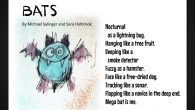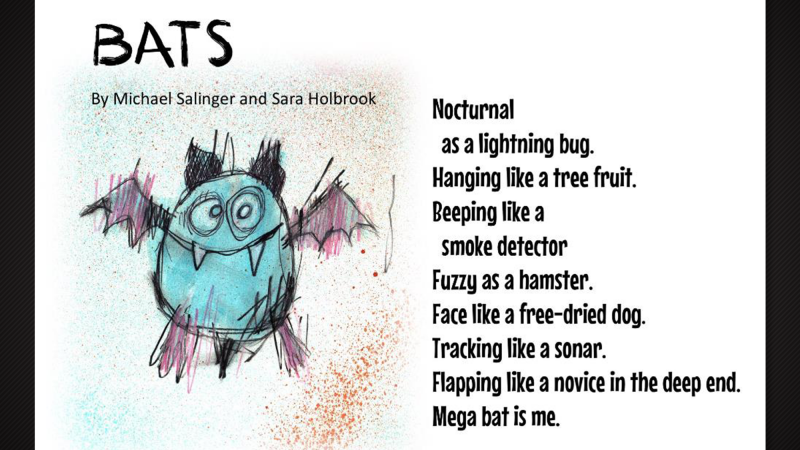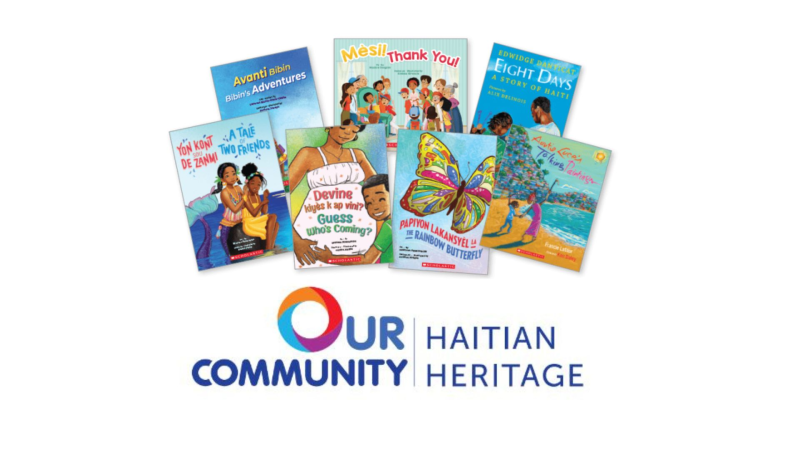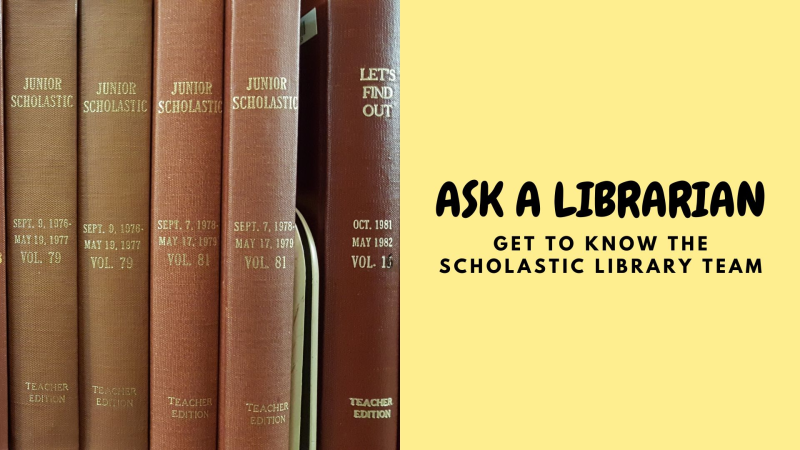 Melissa Cheesman Smith and Timothy V. Rasinski, co-authors of The Megabook of Fluency, and Sara Holbrook and Michael Salinger, co-authors of From Striving to Thriving Writers with Stephanie Harvey, have come together to create this fun National Poetry Month resource for 3–6 grade educators. Share with your teacher friends for a week of celebrating poetry this April!
Melissa Cheesman Smith and Timothy V. Rasinski, co-authors of The Megabook of Fluency, and Sara Holbrook and Michael Salinger, co-authors of From Striving to Thriving Writers with Stephanie Harvey, have come together to create this fun National Poetry Month resource for 3–6 grade educators. Share with your teacher friends for a week of celebrating poetry this April!
Poetry is its own “beast!” With poems, the meaning and artistry come with multiple reads, but how can we engage students in repeated reading? Ah, that’s when things can get hairy.
Multiple reads of a poem are advantageous because:
- Repeated readings, also known as “rehearsal,” give students an authentic reason to read when performance is the end goal. Rehearsal also improves fluency by strengthening word recognition and automaticity not only for rehearsed text, but also new text (Rasinski & Smith, 2018).
- Depth of understanding comes with multiple or close readings of a text. Readers work like archeologists, identifying what is most valuable. There’s a lot below the surface in a rich piece of writing—descriptive language, inferences, and essential details that develop the author’s theme (Holbrook & Salinger, 2018).
We’ve pooled our ideas showing how educators can use a poem for an entire week and help students engage with it on multiple levels; saying the words aloud and experiencing the meaning and rhythm of the language, and transforming the poem from a written to an oral art form that encourages personal interpretations.
Day 1. Reading and Understanding
- Ask students to skim the poem on their own and draw boxes around unfamiliar or interesting words. Students call out words and the teacher defines challenging words in context. Words can be displayed and used all week to familiarize them into expressive speech.
- Project the poem “Bats” (Salinger & Holbrook, 2019) and listen to the poets or teacher read the poem aloud. Download a slide with the poem on it, here, or listen to the poem being read aloud, here. You can also find it in the online resource bank that pairs with From Striving to Thriving Writers. The poem is located in the Slideshows section on FRAMEWORK 23 with a writing lesson on similes.
- Discuss the overall meaning of the poem. Note that the last line of this poem establishes the theme of the poem (e.g. Mega bat is me) and that the rest of the poem is made up of a stack of similes.
- Students “Echo Read,” which is the teacher reading with students echoing the line. This is important to do early on to model intonation, prosody, and rhythm.
Day 2. Rehearsing
Use a variety of choral reading strategies from The Megabook of Fluency! Anytime a child is reading a line, they stand up, read their line(s), and then sit down. This scaffolds into performance!
- Line-A-Child Choral Reading: Students number each line of the poem and then read multiple times in multiple ways throughout the poem study. For example, boys read the odd lines, girls read the even lines, then switch, or right half of the class reads the first word of the line, left half of the class reads the simile, then switch, etc.
- Impromptu Choral Reading: Students highlight one or more lines of the poem, only reading the line they have highlighted. Have students stand when they read their lines, scaffolding into a later performance.
- Call and Response Choral Reading: Students use natural breaks in a poem to read it as a call and response. “Bats” can easily be broken up with the call being the descriptor and the response being the simile, then reading the last line as a whole group.
Day 3. Manipulate the Language of the Poem
- Students can work in pairs and manipulate the words, creating a poem for two voices using the lines from the original poem. A poem for two voices is often written as a T-chart with “Voice 1” and “Voice 2.” This can be broken up in any way, and students can add their own words, repeat lines, and be creative!
- Students can then perform their new poem by reading or rapping!

Day 4. Writing Workshop
- Writing Instruction: Project the poem for whole class instruction. Discuss specific points of the poem that show any pattern or help establish the theme or general idea of the poem as well as other opportunities the poem offers for instruction. What does the text lend well to teach? What instructional opportunities does the poem offer? Ideas such as figurative language, rhyme scheme, imagery, and how punctuation affects mood could be highlighted. For example, in the poem “Bats,” reiterate that the last line establishes the theme of the poem and specifically discuss uses for and the structure of similes. Announce that everyone will be creating a simile poem about themselves. The first step is to establish a personal theme (e.g. creative is me, athletic is me, a good friend is me, etc.).

- Guided Writing: As a class, co-construct a poem modeled after the original. For example, the class could write a simile poem about the class to use as an additional mentor text. Create a list of actions that support the theme.

- Independent Writing: Students write their own poem modeled after the mentor text as well as the poem written as a class. Students can voluntarily stand and share poems with the class. These can be rehearsed to perform on Friday!

Day 5. Performance
- Rehearse any poems practiced or written throughout the week. The students can perform individually or with partners and should be comfortable with whichever poem they want to perform such as the original, poem for two voices, new poem from day 4, etc.
- Perform the original and/or newly crafted poem (with papers in hand) for an audience! Set the stage by dimming the lights, pulling the shades, lighting some candles, and using a pseudo microphone. Perform for another grade level class, the P.E. teacher, the principal, or the cafeteria worker. Focus on expression!
References
Holbrook, S. & Salinger, M. (2019). Dreaming BIG and Small: New and Collected Poems.“Bats.” Streamline Publishing.
Holbrook, S., Salinger, M. & Harvey, S. (2018). From Striving to Thriving Writers: Strategies That Jump-Start Writing. New York: Scholastic.
Rasinski, T.V. (2010). The Fluent Reader:Oral & Silent Reading Strategies for Building Fluency, Word Recognition & Comprehension, 2nd edition. New York: Scholastic.
Rasinski, T.V. & Smith, M.C. (2018). The Megabook of Fluency: Strategies and Texts to Engage All Readers. New York: Scholastic.
Scott Pickering, Dreaming BIG and Small
The Megabook of Fluency






